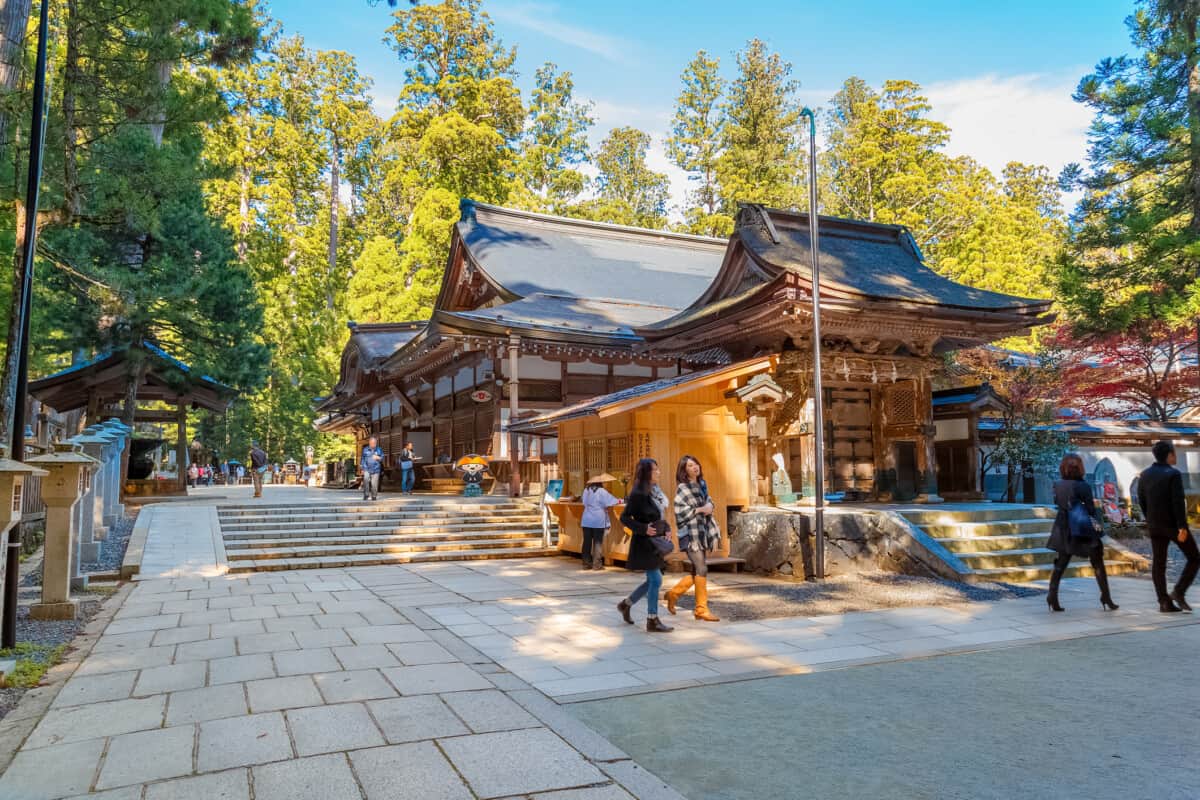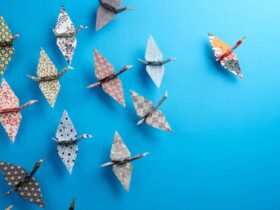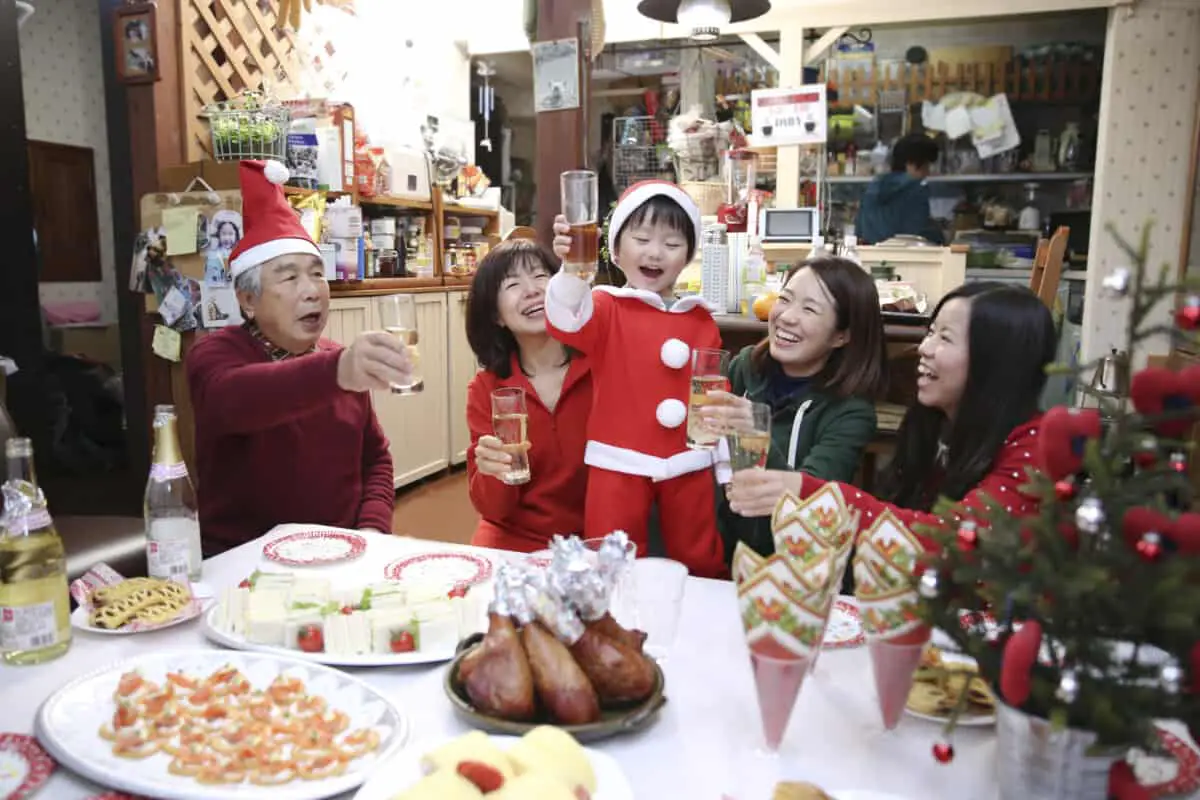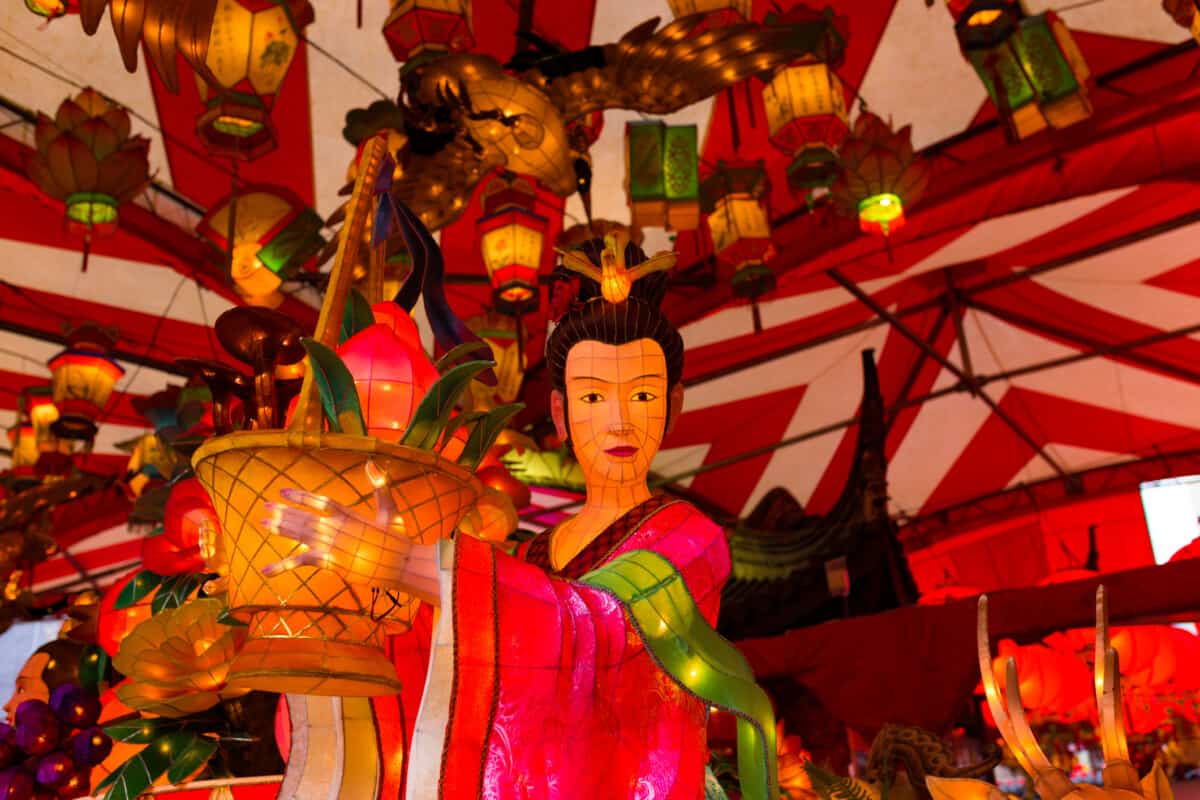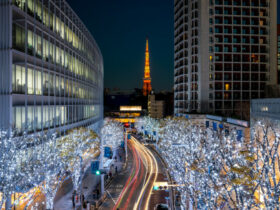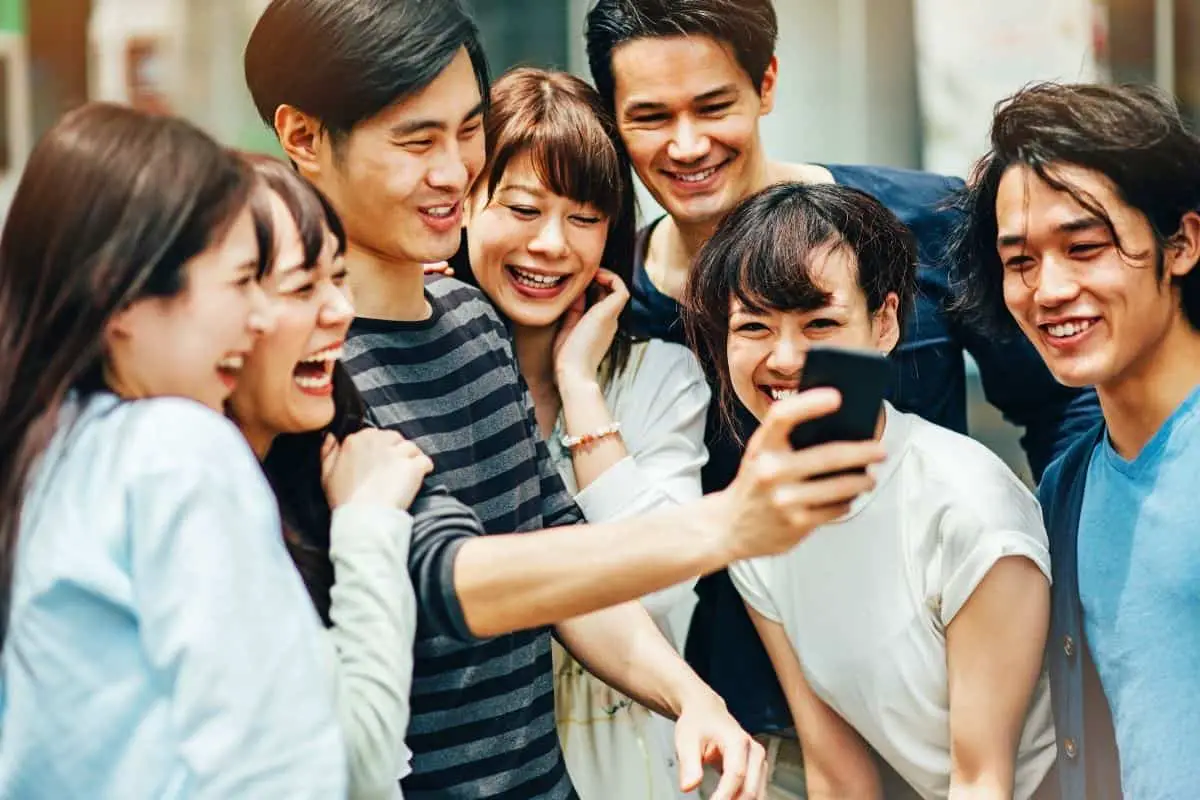Okunoin Temple is home to Kobo Dashi’s mausoleum and is one of the most culturally important sites in all of Japan due to its importance in Japan’s religious history. Okunoin Temple is very popular with tourists.
If you are interested in the history of Japan, its culture or even the place of religion within Japan then heading to Okunoin Temple for a day trip is definitely worth it as here you will be able to truly understand the importance of the figure of Kobo Dashi.
What is Okunoin Temple?
Okunoin Temple is found on the northern side of Koyasan and is sacred land. However, the main attraction of this temple is actually the mausoleum housed on its grounds.
The mausoleum is the resting place of the renowned Kobo Dashi, who, it is said, has not died but rather is in a state of eternal meditation. It is believed that he is awaiting the future Buddha and helps those seeking salvation in the meantime.
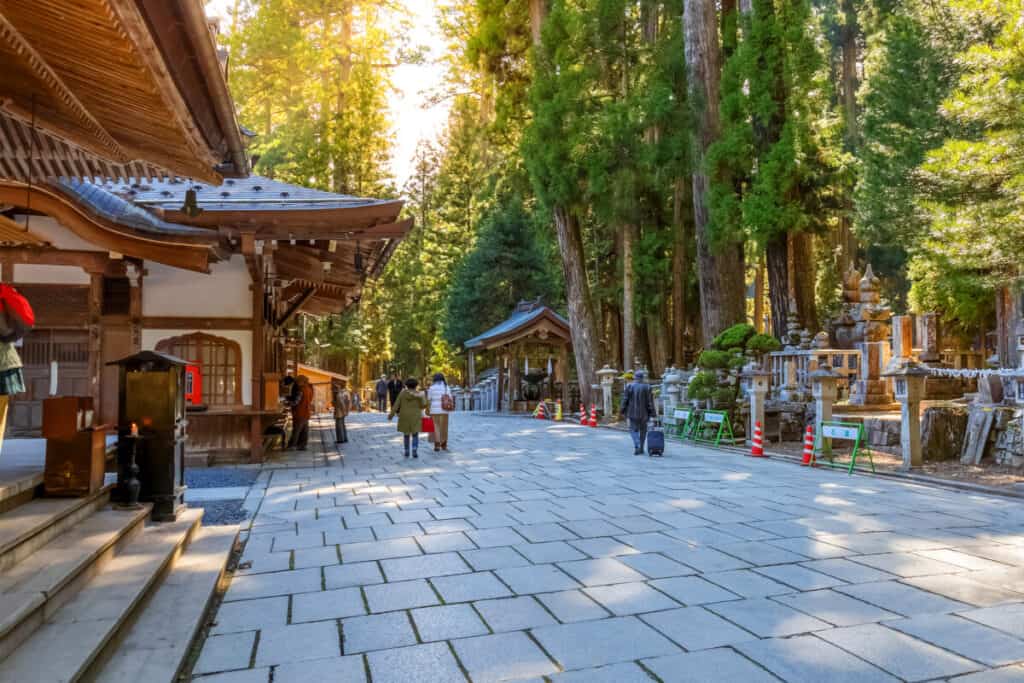
The reason why this mausoleum holds such significance for Japanese cultural history is that Kobo Dashi founded Shingon Buddhism.
The temple itself stands in Koyasan, the area founded by Kobo Dashi, and is where he would spend the majority of his life. For this reason, people often visit the temple on a pilgrimage.
What can you see at Okunoin Temple?
Ichinohashi bridge
When you arrive at Okunoin Temple one of the first things that you will see is the traditional entrance to the temple, which is the Ichinohashi Bridge (literally “first bridge”).
Traditionally any visitors are required to bow to Kobo Dashi before crossing over the bridge as a sign of respect.
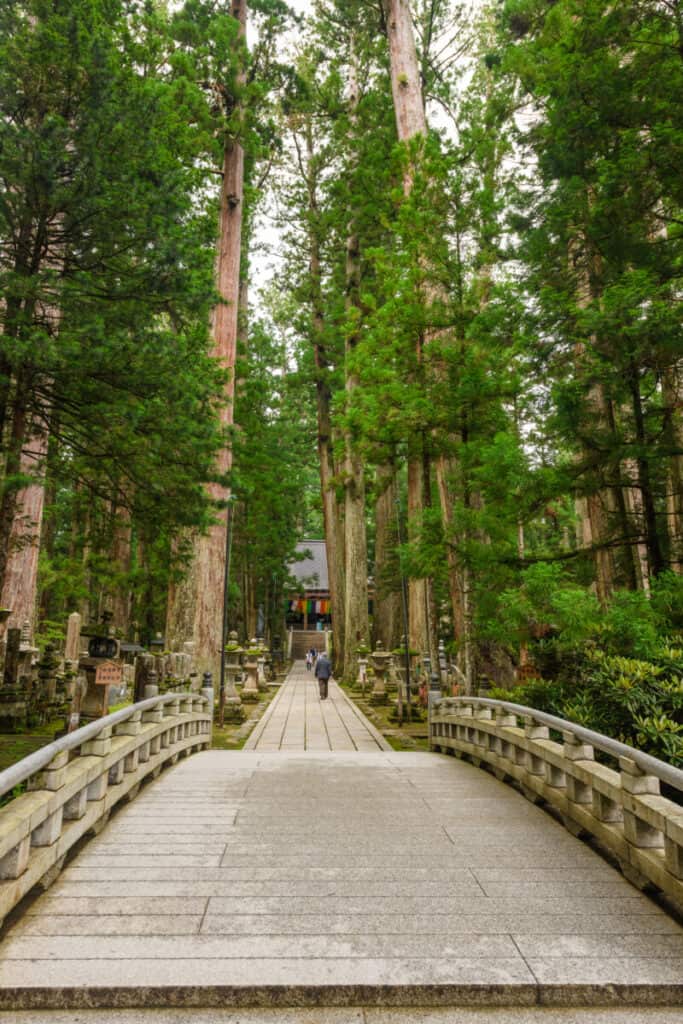
Japan’s largest cemetery
Once you have paid your respects and crossed over the bridge you will enter the largest cemetery in Japan. Here you will find more than 200,000 graves that form a line to the entrance of the Kobo Dashi mausoleum.
Many monks wished to be close to Kobo Dashi in death and hence why there are so many tombstones surrounding his resting place.
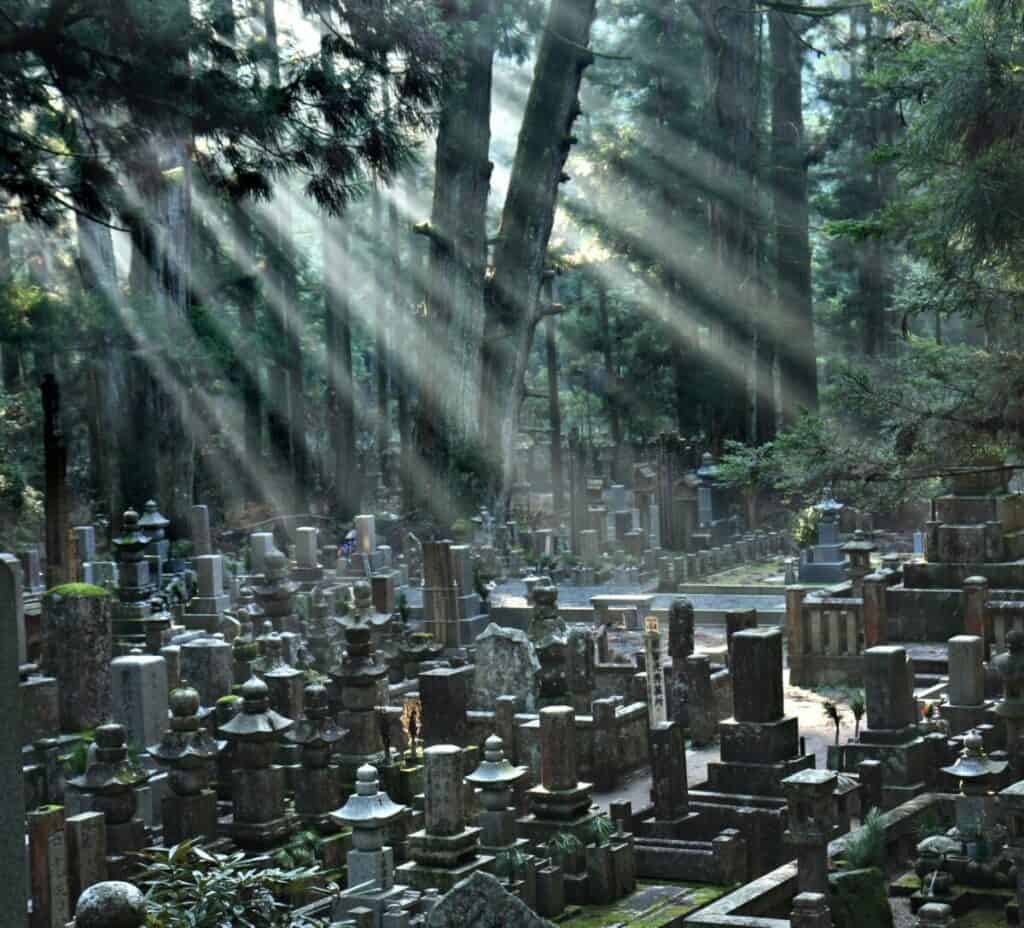
Okunoin-mae bus stop
However, the vast majority of tours to Okunoin Temple will now begin at an alternative entrance, which can be found by the Okunoin-mae bus stop.
The advantage of using this alternative entrance is that it reduces the approach to the mausoleum almost by half. This new entrance is in a newer section of the temple and here you will find newer tombstones.
However, if you keep an eye out you will even be able to spot some rather odd-looking tombstones, such as those laid by companies. One such example is a tombstone dedicated to all of the termites that a pest control company has killed.
Gokusho Offering Hall
It does not matter whether you begin with the traditional approach or the modern approach, both paths will lead you to the Gokusho Offering Hall.
Here you can find a line of statues depicting Jizo – a Bodhisattva that cares for travelers, the departed, and children.
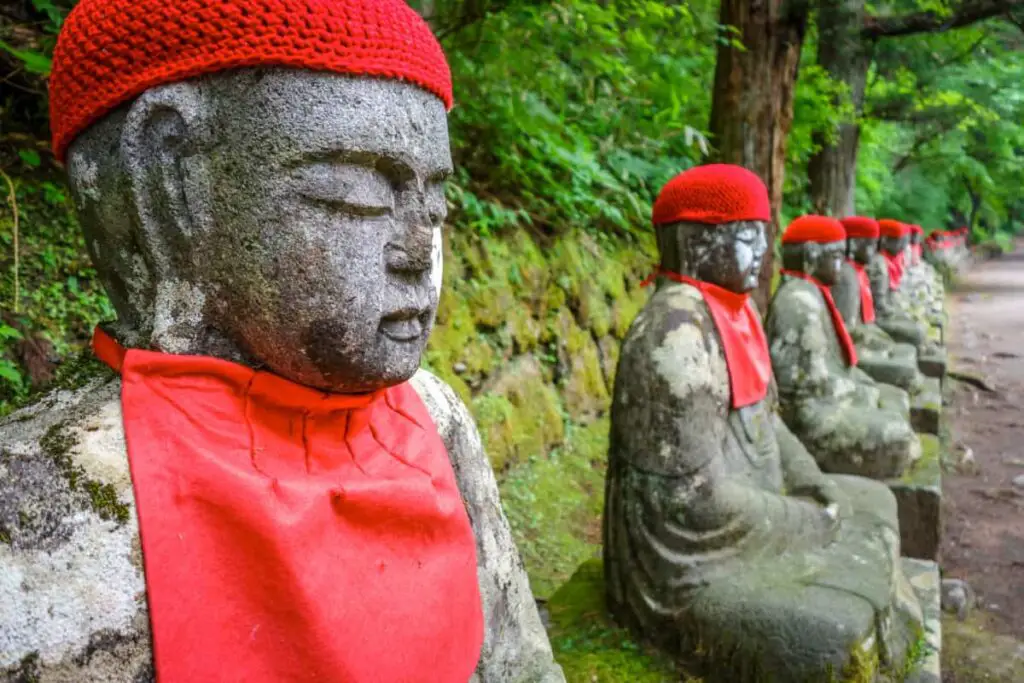
You may even see some visitors throwing water at the statues and giving offerings in return for looking after their deceased family members.
Gobyobashi Bridge
Gobyobashi bridge is another area of the temple that you should observe tradition and bow before crossing. This is again to pay your respects to Kobo Dashi.
This bridge is used to cross a small stream that lies behind the statues of Jizo and connects the very center of the temple grounds to the rest of the area.
You should note that once you cross this bridge you are not allowed to take photographs, eat or drink. If you look to your left when you are crossing the bridge you will see wooden posts in the stream which are a sign of respect to unborn children.
Miroku Stone
If you go just a few paces beyond Gobyobashi bridge then you will come across an interactive activity within the temple grounds: the Miroku stone. This is a stone encased in a cage.
The aim of this activity is to lift the stone (through the cage) from the lower platform to the upper platform using only one hand. It is believed that if you are a good person then the stone will feel lighter than it would for a bad person.
Torodo Hall
Also known as the “Hall of Lights”, Torodo Hall is the main worship hall at Okunoin Temple and is located just in front of the mausoleum.
If you enter into the hall you will see 10,000 lights that are always lit and which were donated. The grandeur of this temple, and its abundance, does not stop here.
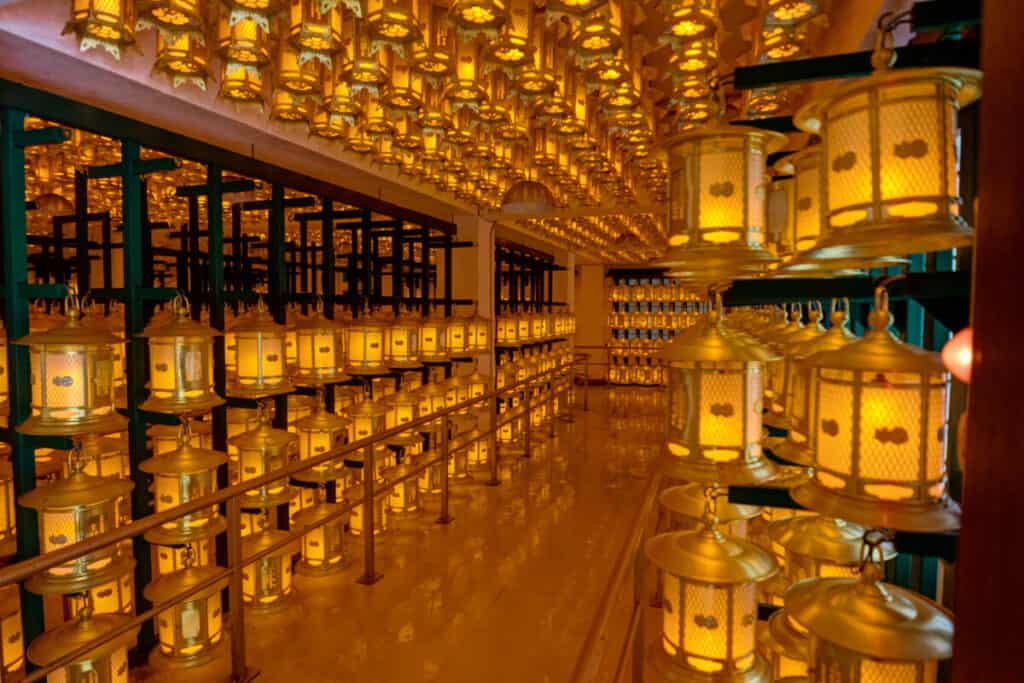
If you go down into the basement then you will find 50,000 small statues that were also donated.
These statues were donated by worshippers in 1984 to mark the 1150th year since Kobo Dashi entered eternal meditation.
Kobo Daishi’s Mausoleum
Perhaps the main attraction in the entire temple, Kobo Dashi’s mausoleum is his place of “eternal meditation”. Worshippers come from all over the pay their respects and pray here.
You should remember that here photography is not permitted as a sign of respect.
However, if you want to get the full experience then many guides and guidebooks recommend visiting the temple at night.
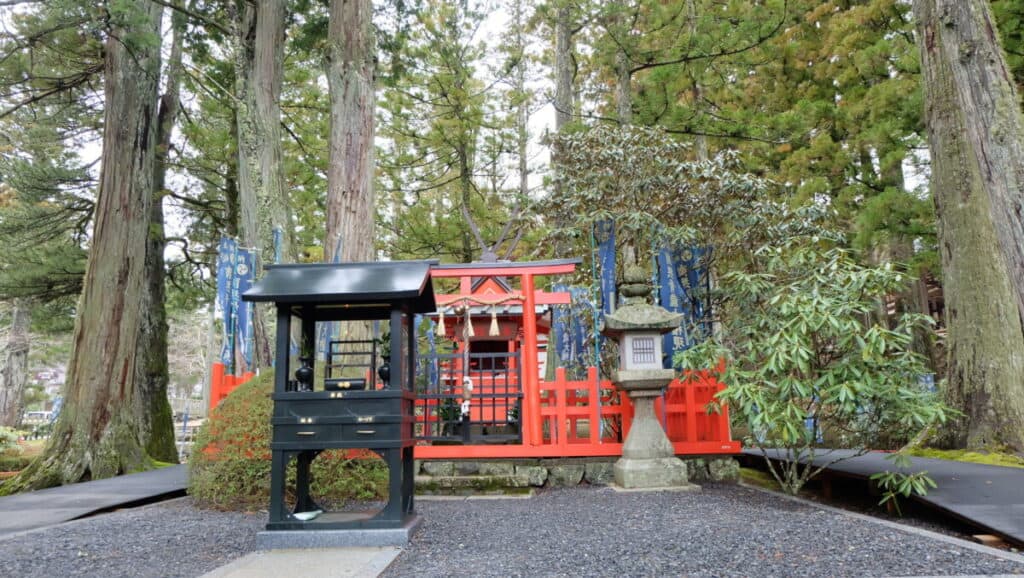
Of course, this will give you a completely different atmosphere if you were to visit in the day but remember that many areas of the temple are poorly lit.
The mausoleum remains open at night but many of the other attractions in the temple grounds will be closed, such as the offering halls, including Torodo Hall.
Where is Okunoin Temple?
Okunoin Temple Via Tripadvisor
If you are traveling to Okunoi Temple then you can take the bus or walk for 15 minutes from the Senjuinbashi intersection in the center of town.
If you are taking the bus from the town center then the Okunoin-mae bus stop is the final stop on the route to the cable car. This journey will take you about 20 minutes and the ticket price is 420 yen.
A Virtual Tour Of Okunoin Temple And Cemetary

